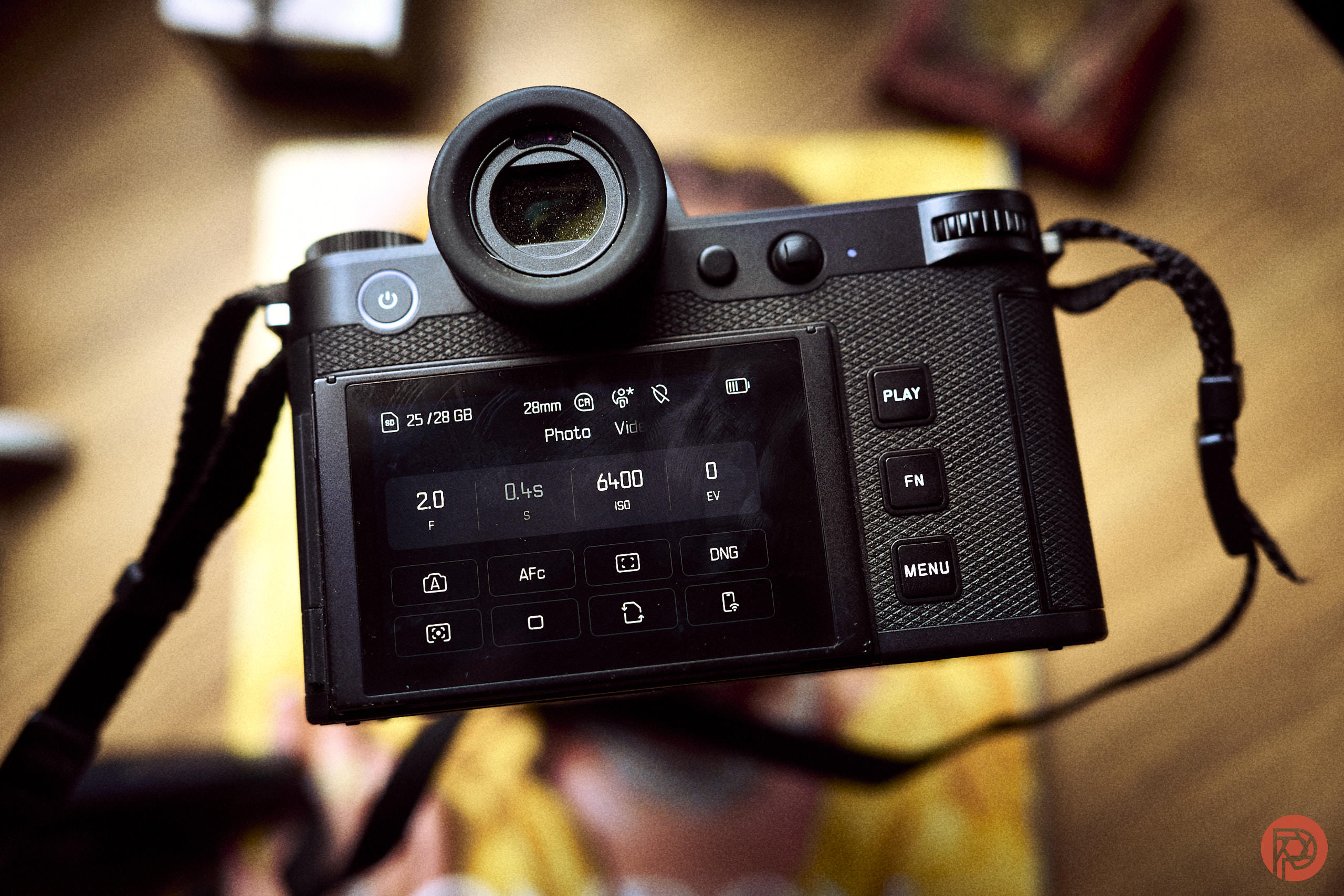
If you look around the web, there’s a lot of doom and gloom. It makes you wonder whether or not something like content credentials could work when there is so much misinformation and fakery online. By far, the most authentic versions of imagery come from within dedicated cameras themselves as even phones tend to use AI and tons of processes to make the images you see what they are. So we spoke to Andy Parsons, Senior Director, Content Authenticity Initiative at Adobe, about why they’re so important.
The problems with content credentials partially have to do with social media — and this is where we’re in such a huge problem. The largest social media platforms have given up on fact checking and verifying information. On top of all this, they tend to strip out tons of data from the images to keep their server load smaller. Plus, there are issues with screenshots. So, how do we fight misinformation with content credentials?
Andy, well aware of this issue, points us toward the Content Authenticity Extension for Google Chrome and the Inspect tool within the Content Authenticity site. This is designed to help recover any Content Credentials associated with the content, including edit history when available. Unfortunately in practice, it means that you’ll often not encounter any Content Credentials. The NYTimes, which is touted as one of the biggest supporters of the initiative, doesn’t have much on their website that seems like it can be authenticated.
“As Content Credentials adoption increases across companies and platforms – we’re hopeful that the information captured will be represented across platforms to provide additional context to digital content,” is what Andy told the Phoblographer — emphasizing that the widespread adoption of Content Credentials is crucial to creating a more trustworthy web. To that, we’d add that people using the web also need to learn how to verify the information that they’re being served.
Content Credentials are tools that Mr. Parsons says are for supporting the “good actors.” Essentially, it’s all about trust. And with that said, they’re something that is primarily meant to be used by journalists. But the truth is that anyone with a camera or software that can include Content Credentials can further this cause.
“Content Credentials were designed to be durable via a unique combination of digital fingerprinting, invisible watermarking, and cryptographic metadata for situations where durability is required. This helps ensure the credentials are available even if they’re removed during the content lifecycle, or if someone takes a screenshot of the content. ”
Andy Parsons, Senior Director, Content Authenticity Initiative at Adobe
For even more information, Adobe provided the Phoblographer with the brands supporting CAI. Here’s what they gave us:
- Leica launched the world’s first camera with Content Credentials built-in with the M11-P – delivering authenticity at the point of capture. Now, the Leica SL3-S is the first camera in the SL-System with built-in Content Credentials support.
- Nikon is a member of the CAI and C2PA and recently announced plans to integrate Content Credentials into its Z6III camera via a firmware update in mid-2025 is bringing Content Credentials to future camera models.
- Fujifilm announced that it is bringing Content Credentials to their GFX and X series camera line-up*15, including the GFX100S II.
- Sony has incorporated Content Credentials based global C2PA standard format into their new line of cameras and future firmware updates. This capability is now available via firmware updates in the Alpha 1, Alpha 7S III, Alpha 7 IV, and after April 2024, the Alpha 9 III.
- Canon is a member of CAI and C2PA and has committed to adopt Content Credentials into future camera models, and has begun to test the technology with its newsroom partners like Reuters (who is also a member of the CAI).
- Qualcomm’s Snapdragon8 Gen3 platform’s camera system works with Truepic to support Content Credentials that empower authenticity of photo and video across smartphones.
So essentially, it seems like the answer is, “Yes, Content Credentials are worth it.” But it’s going to take some time and the effort of photographers to also not forget about their authenticity.
Most of all, I think that Adobe should, by default, give every file that comes out of their software Content Credentials. In 2024, the Phoblographer joined the CAI, and I’m not sure why others haven’t yet.

